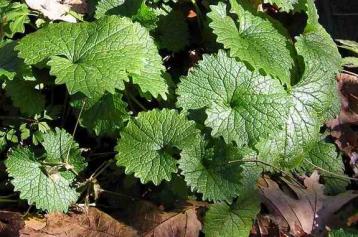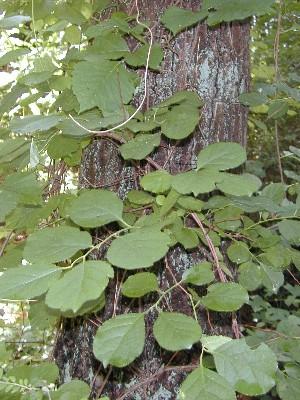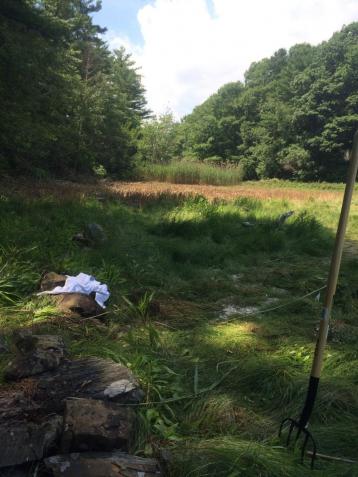Getting Bitter (Sweet)

The first two weeks of July had me working for the New Castle Conservation Commission under the supervision of Tracy Degnan. The Commission is a group of volunteers whose purpose is to protect the public health, safety, and general welfare of the community by controlling and guiding the use of land areas defined as wetlands.
One of the primary areas of concern for the Conservation Commission is the Great Island Commons—a public recreation area that provides beach access. This is where most of my projects were centered.
The Commons receives attention from the Commission because of the invasive plant species that thrive there. On the list of invasives are:




Upon arrival to the Commons on my first day, Tracy gave me a tour and pointed out hot-spots for the plants. They grew everywhere, including on the beach dunes, in compost piles, and throughout the wooded areas. And due to the New Castle ban on the use of herbicides on town land, it would be up to me to eradicate as many of the plants as possible using my hands, clippers, and picks.
I was also to lead two public invasive plant pulling volunteer days. Although only one volunteer showed up for the first pull, we were able to pull nearly 4 industrial-size garbage bags full of mostly black swallow wart and bittersweet.
In two weeks, I was able to weed the entirety of the Commons. While I know I missed many of the invasive plants, continued efforts will show huge results in the long run.
Also on my list of projects was to plant and maintain 30 or so new milkweed seedlings. Milkweed is in important plant for Monarch butterflies who lay their eggs and feed on the plant as caterpillars. While many milkweed plants have cropped up on the Commons naturally (a great sign for the restoration efforts that have taken place there), the more the merrier!
The Conservation Commission helps guide land owners in their use and maintenance of private wetlands. Two homeowners in New Castle have property on the Lavenger Creek Marsh where a plot of phragmites had cropped up over the past twenty years or so. Phragmites is another invasive plant species, and it out-competes the native salt marsh grasses that should be growing. The couple had contacted the Conservation Commission for help in eradicating the plot. My first day on the job, I mapped the phragmites using GPS, made a map, and determined the overall area the phragmites covered (it turned out to be about a third of an acre). It took two days of hard labor for Tracy, Mike (a Rockingham County Conservation District intern), and I to bushwhack the stand to shin height and remove the cut so it would not spread through the tide. While this act will not completely rid the marsh of phragmites (it has extensive root rhizomes that will allow it to grow back), the plot is now more manageable, and it is hoped that native salt marsh grasses will no longer be as suppressed.


My last project for the Commission was to research and create a brochure that the Commission can give to the public. The creation of the brochure was prompted by the recently-passed New Hampshire law regarding lawn fertilizers. The brochure contains “what you need to know” about the law, why fertilizer is important and its potential impacts on the environment, and what landowners/landscapers can do to reduce impacts from lawn maintenance. It also contains a section about salt marshes and their importance.
All in all, it was a wonderful couple of weeks. New Castle was a beautiful place to work, I am excited to have seen my projects through to their finish.